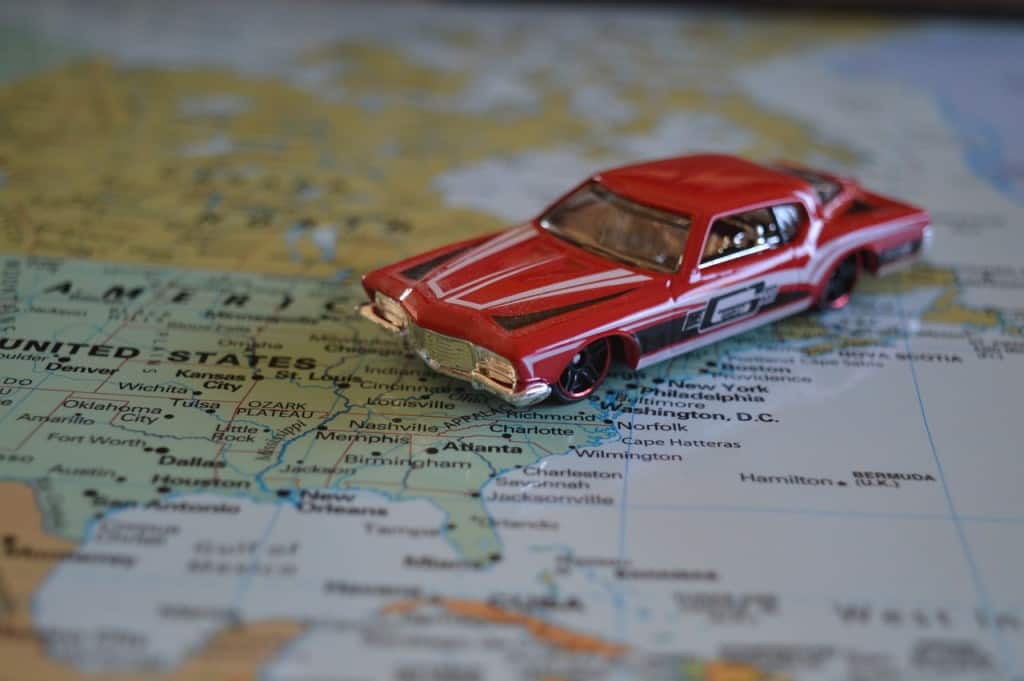There are certainly a lot of bad habits surrounding money in our culture, as evidenced by the fact that over half of American families live paycheck to paycheck. Perhaps lower salaries or loss of income is to blame, but how much less would the impact be if the American public would adhere to a few financial planning “best practices” surrounding money?
Here are the top 5 in no particular order:
- Make a written budget. Every month. BEFORE the month begins. This is the BEST of the Best Practices. And less than half of Americans do this! If you wanted to drive to a place you’ve always wanted to go but didn’t know the directions, you would follow a map (Waze, etc) which would detail how to get there and in order to plan your arrival time. A monthly financial plan or budget is also a map, getting you to your financial goals, which may include paying down debt, saving for retirement, paying for college, or going on a vacation. If you do not have a budget, you risk wandering around and may never even reach your goals. Financial planning is essential.

2. Pay yourself first, part 1. You need an established emergency fund. Things can and do go wrong – unbudgeted things. The dog will get sick, and the medicine will set you back (way back, in our experience); the car will need work; the AC will break down. Most Americans have less than $1000 saved. If an emergency happens, or rather WHEN an emergency happens, what will be done without an emergency fund? More than likely, a credit card will become the default emergency fund which creates an even worse future. Instead, at the beginning of every budget period, put money aside FIRST in an emergency fund. Even the best financial planning guru needs an emergency fund!
3. Pay yourself first, part 2. There should also be regular contributions to another savings account called an annual expense reserve. Saving for some regular annualized expenses (such as car maintenance, Christmas gifts, vacation expenses, annual vet expenses, etc). Once you’ve made a list of your particular annual expenses for the next rolling 12 months, total the amounts and divide by 12. This number is your monthly transfer into your annual expense account. In addition, as you plan in advance of these expenses, you will discover that there will be less and less emergencies because you are planning for those events that used to be emergencies, like replacing the tires on your car.
4. Use cash for groceries and for dining out. This could be the most pivotal practice of all. As a test now, go through your past 30 days of checking account activity. Count how many times you’ve gone out to eat or to the grocery store using your debit card. This is likely a lot more than you thought. Paying with cash makes us more cognizant of what we are doing. We begin to question what we are buying: Do we really need to order tea with our meal? Do we need to order an appetizer and dessert? How much more are we paying at the grocery store purchasing convenience-type foods? These are good questions. Try using a set amount of cash for these two categories over the next 30 days, and see the difference!
When we swipe a card to pay for anything, the pain of purchase is removed.
5. Never use credit cards. There is really no good reason to use credit cards. Several psychological studies have shown that people spend 12 – 18% more when using credit cards as opposed to cash. Those who paid by credit cards were willing to pay more than twice as much on average as those who paid in cash! Using credit cards makes us pay more, and the airline points – a la Whose Line is it Anyway? – just simply don’t matter.
We are in the business of helping our clients learn and follow all the best financial practices. If you would like more information, click on the CONTACT US link on our website


